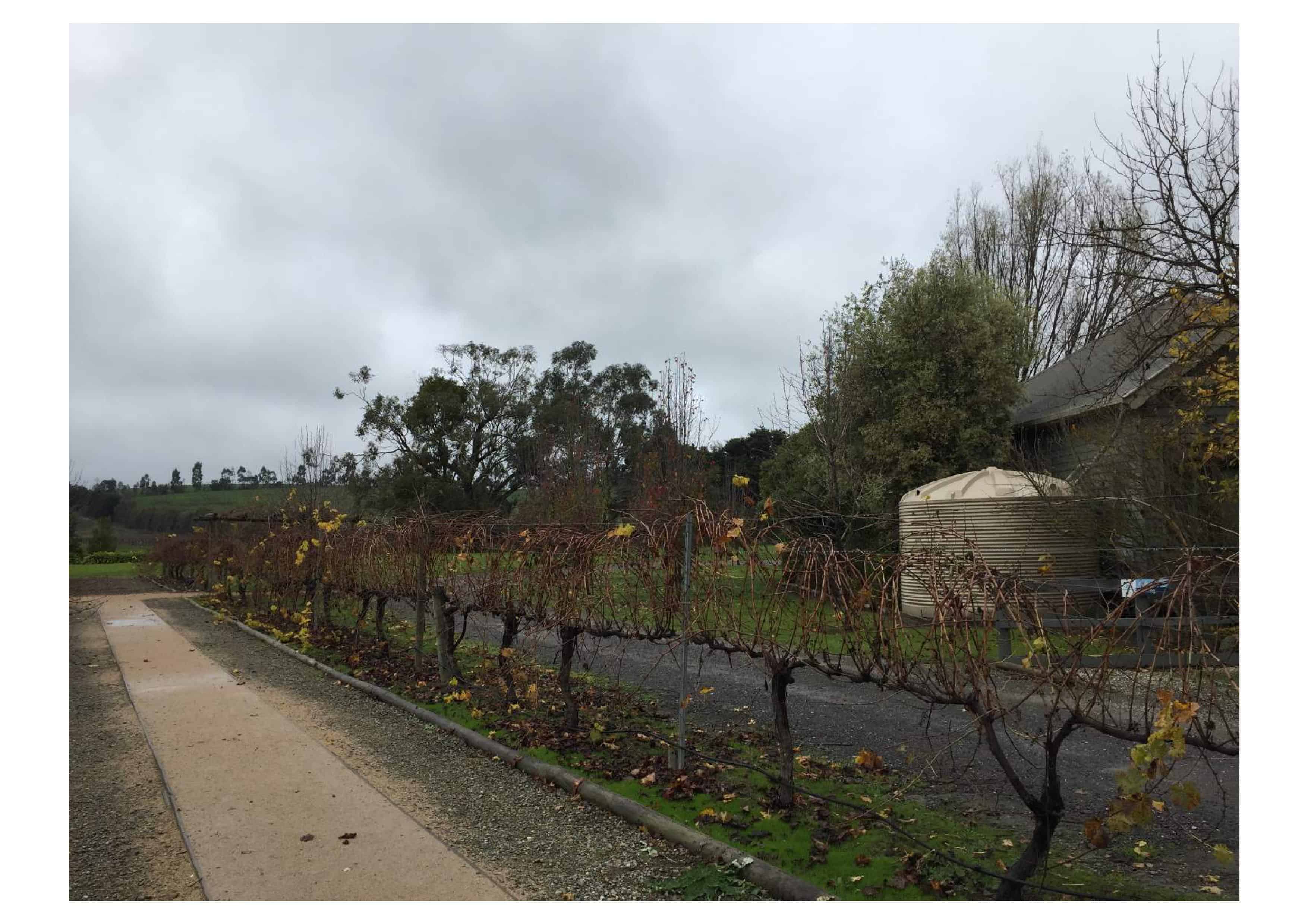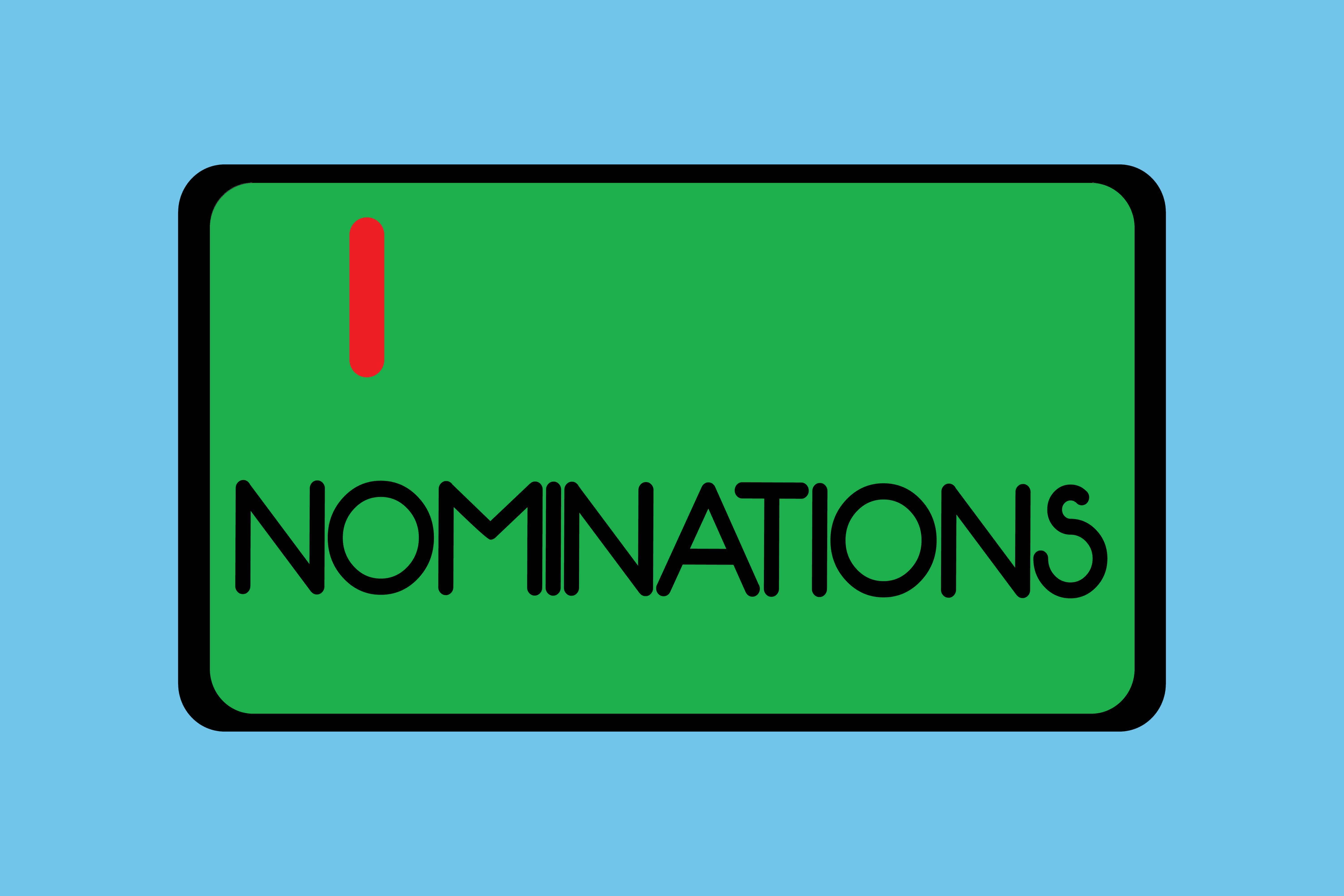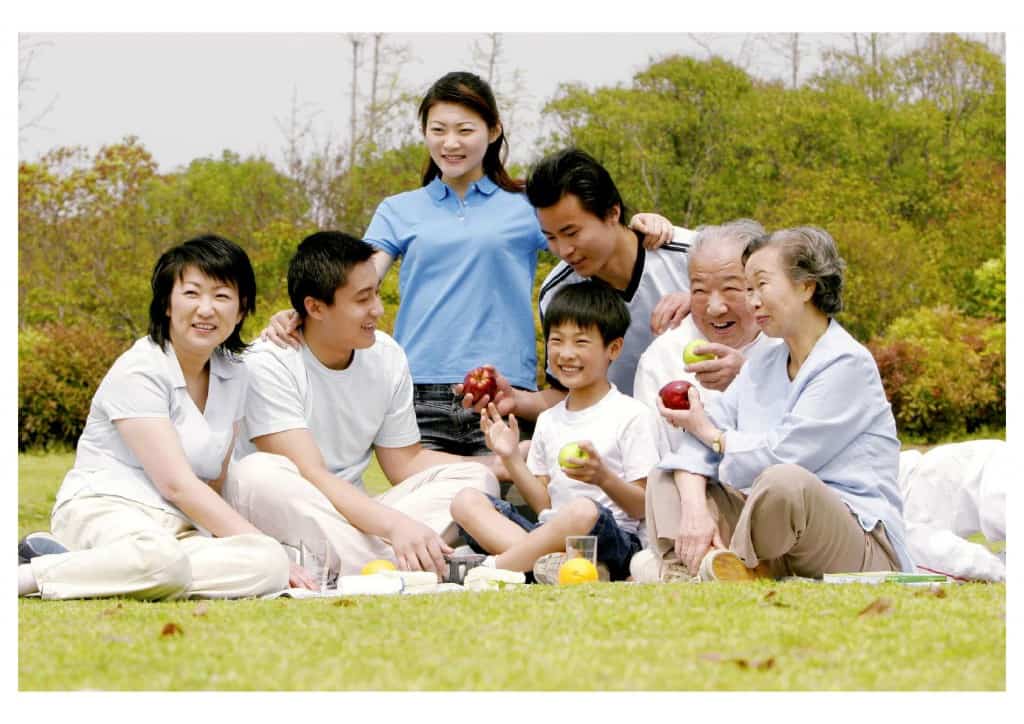
Bringing family to Australia – there are many temporary and permanent visas for you to bringing your family to Australia. In order for you to be able to sponsor your relative, you must be an Australian citizen or permanent resident or eligible NZ citizen.
Bringing family to Australia, you can sponsor an aged dependent relative to live in Australia.

Aged dependent relative
Who can apply?
- Must be 65+(for men, may be less for women)
- Have been dependent (defined in reg. 1.05A) on their Australian relative for a reasonable period
- Not be in a spousal relationship
Who can sponsor?
A close relative (over 18) who is: (a) a spouse or (b) a child (including step or adopted) or (c) a sibling (including step) or (d) grandchild (including step) or (e) aunt or uncle (including step) or (f) niece or nephew (including step).
Which visa?
Bringing family to Australia for an aged dependent relative, the visa subclass is the offshore Subclass 114 (click here to learn more) or onshore Subclass 838 (click here to learn more).
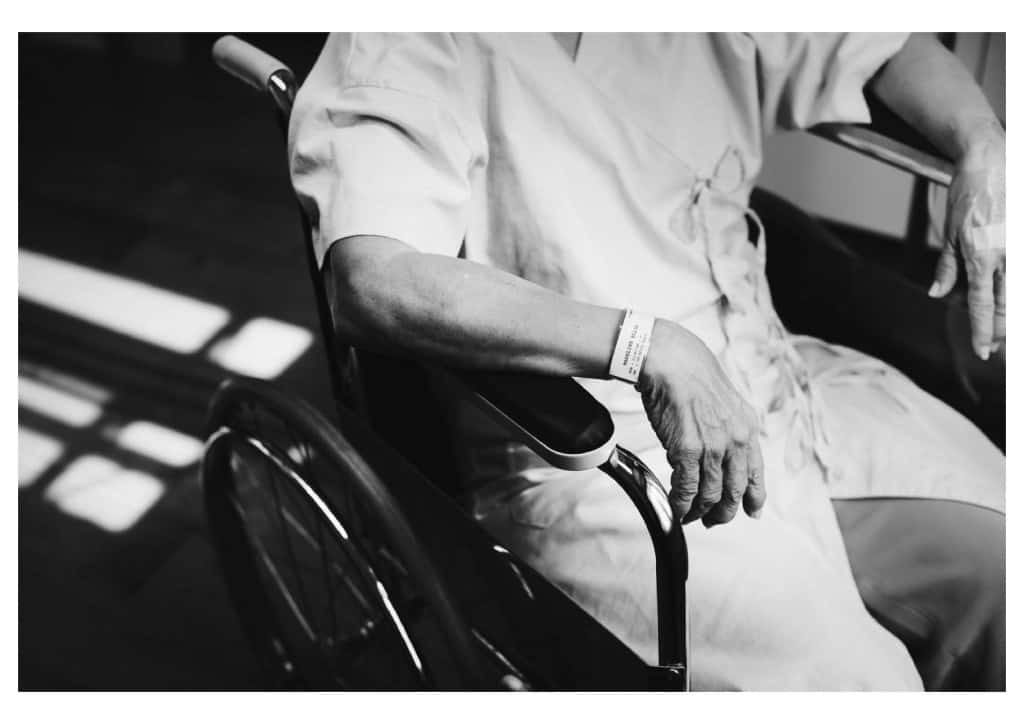
Carer
Bringing family to Australia, you can sponsor a relative to care for you or a member of your family who has a medical condition that cause a physical, intellectual or sensory impairment to the ability to attend to the practical aspects of daily care for at least 2 years. And the assistance cannot be reasonably provided from an Australian relative or from welfare, hospital, nursing or community services in Australia.
The person requiring care must be eligible for DSP with an impairment rating of at least 30.
Your carer must be willing and able to provide the care that you or a member of your family required.
Who can apply?
- must be a relative for the Australian citizen, PR or eligible NZ citizen
- must be able and willing to provide the care required
Who can sponsor?
A relative of the carer. A relative can be (a) spouse or (b) child (including adopted or step) or (c) parent (including step) or (d) sibling (including step), or (e) grandparent (including step) or (f) grandchild (including step) or (g) aunt or uncle (including step) or (h) niece or nephew (including step).
Which carer visa?
Bringing family to Australia on a carer visa – offshore carer and their family can apply for Subclass 116 (click here to learn more) and onshore carer and their family can apply for Subclass 836 (click here to learn more).
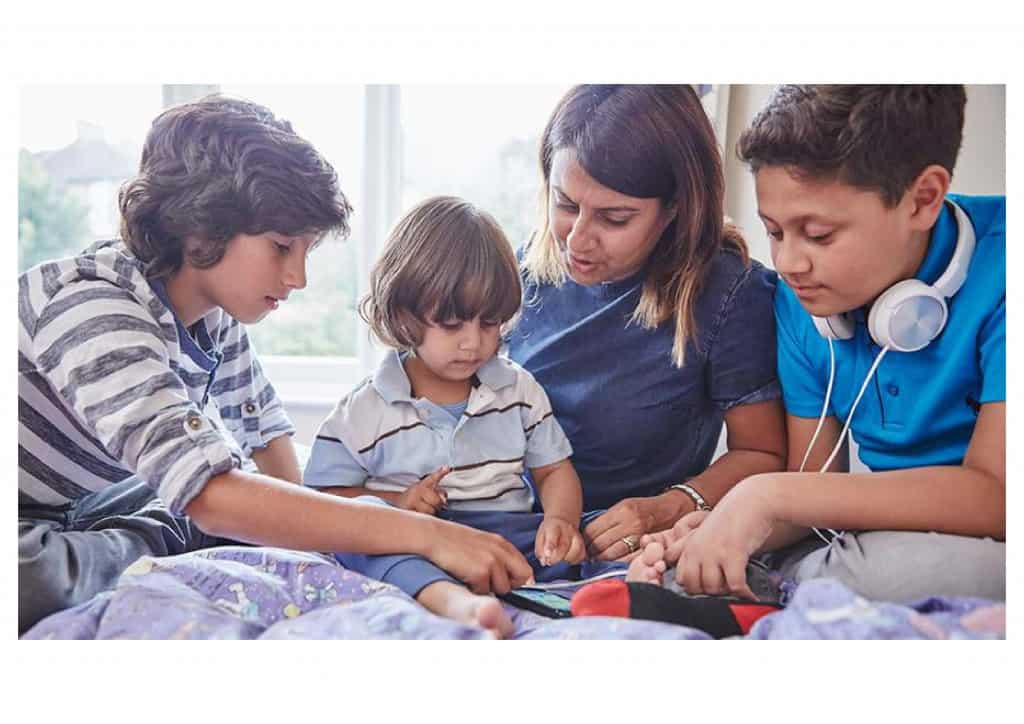
Child
Bringing family to Australia – children. Your child (can be adopted or step) to live with you on a permanent basis.
In order for your adopted child to be eligible for a child visa (click here to learn more about Subclass 102 visa), you must have acquired your Australian citizenship, permanent residence or New Zealand citizenship after the adoption took place.
Your child must be under 25, not engaged to be married or in a married or de facto relationship and is a dependent – that is studying full-time, not working full-time and primarily reliant on you for continued financial support for basis needs (click here to learn more about Subclass 101 visa).
Your child can be conceived using artificial conception or surrogacy.
You can also sponsor your orphan relative who has not turned 18, does not have a spouse or de facto partner who cannot be cared for by his or her parent(s) (click here to learn more about Subclass 117 visa or if onshore, Subclass 837).
If your biological child is in Australia, you can sponsor him or her for a Child Subclass 802 visa (click here to learn more).
If you or your partner is on a temporary Partner visa (click here to learn more about offshore Subclass 309 visa or onshore Subclass 820 visa) you can sponsor your or your partner’s biological child for a Temporary child visa (click here to learn more about Subclass 445 visa). You must sponsor the child for Subclass 445 visa before you or your partner is granted the permanent Partner visa (click here to learn more about Subclass 100 visa or Subclass 801 visa). The child can be in or out of Australia to apply for this visa, however, if the child is in Australia will be granted a bridging visa (click here to learn more about bridging visas) to allow him or her to remain in the country while the visa application is being decided.
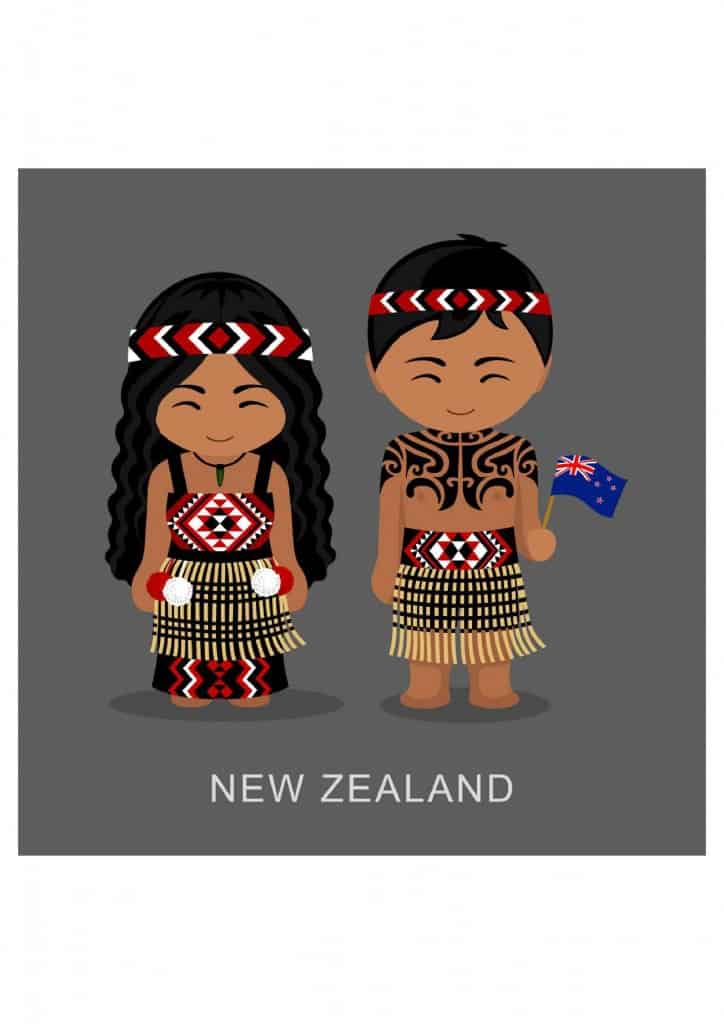
NZ citizen family relationship (spouse)
Bringing family to Australia – if you are a NZ citizen living in Australia on a SCV 444 visa (click here to learn more about Subclass 444 visa), your spouse or de facto partner (no living together for 12 months or more requirement but the relationship must have existed for a reasonable period or at least 6 months) to live with you. The temporary NZ citizen family relationship visa (click here to learn more about Subclass 461 visa) is valid for 5 years.
Subclass 461 visa, unlike Subclass 444 visa, cannot be applied for on arrival in Australia.
Unlike Partner visas, this visa does not require applicant to be sponsored. You will only need to prove that you are a member of the Subclass 444 visa holder’s family unit.
You should note that even if your relationship with your Subclass 444 partner has broken down, you can still apply for further Subclass 461 visa if you have not re-partnered.
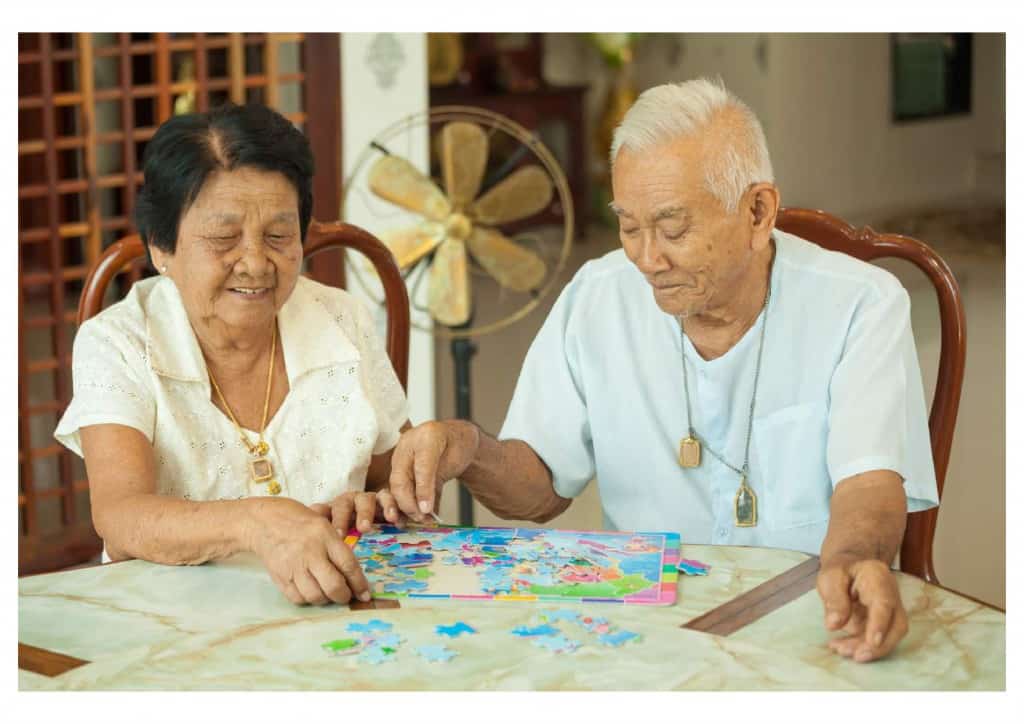
Parent
Bringing family to Australia – an Australian citizen, Permanent resident or eligible New Zealand citizen may sponsor a parent/s provided the parent applicant satisfies a number of criteria, including the critical “balance of family test”.
Only parents who are considered to be “aged parents” are eligible to apply under onshore subclasses and are thus eligible for an appropriate Bridging visa upon lodgement of a valid application allowing them to remain in Australia during visa processing.
Applicants applying under the “contributory” parent category are required to make a substantially higher contribution to their future health and welfare costs through payment of a substantial second visa application charge (VAC), although generally have a much shorter processing time due to higher planning levels than the other parent category.
There are 7 subclasses under the Parent program, 4 are direct pathway visas to permanent residence. 1 subclass is a temporary residence (either 3 years or 5 years with 1 extension) without pathway to permanent residence. The remaining 2 are a 2 stage visa pathway to permanent residence.
If you are thinking of sponsoring your parent under the “Bringing family to Australia” scheme, you can consider:
- Parent (Migrant) Subclass 103 visa (click here to learn more);
- Contributory Parent (Migrant) Subclass 143 visa (click here to learn more);
- Aged Parent (Residence) Subclass 804 visa (click here to learn more);
- Contributor Aged Parent (Residence) Subclass 864 visa (click here to learn more);
- Contributory Parent (Temporary) Subclass 173 visa (click here to learn more);
- Contributory Aged Parent (Temporary) Subclass 884 visa (click here to learn more); and
- Sponsored Parent Subclass 870 visa (click here to learn more).
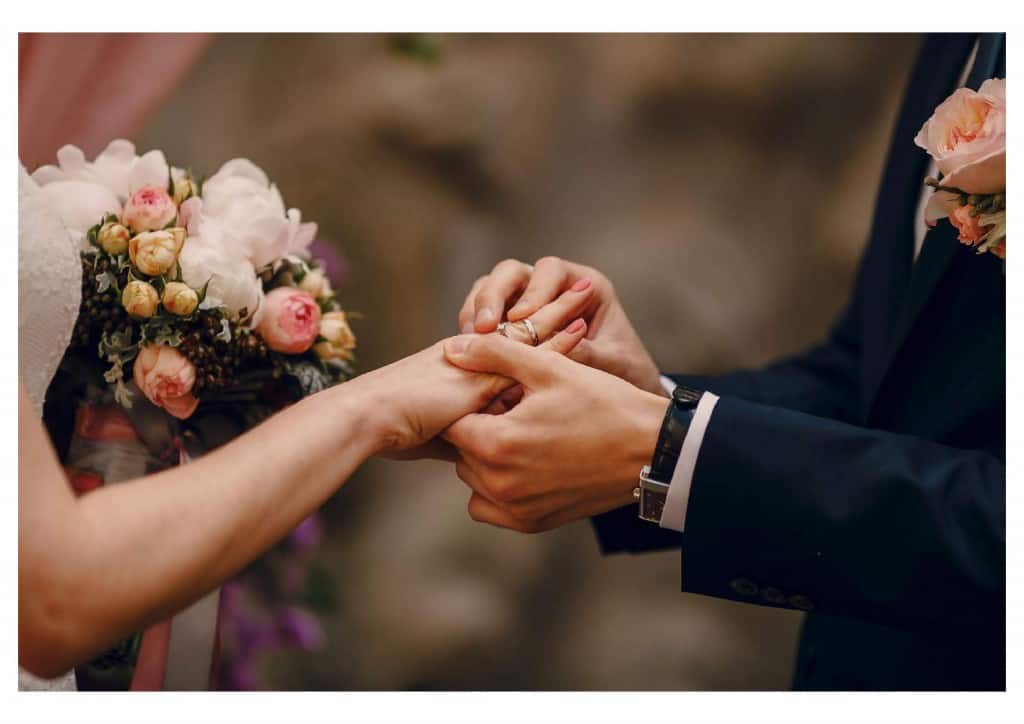
Spouse or de facto partner
Bringing family to Australia on a Partner visa. If you plan to marry your overseas partner, you can sponsor him or her for a Prospective Marriage Subclass 300 visa (click here to learn more). Once your partner arrived in Australia, the marriage must take place within 9 months. Your partner can then apply for an onshore Partner Subclass 820 visa.
If you marry or in a de facto relationship outside of Australia, you can sponsor your spouse for an offshore Partner Subclass 309 visa (click here to learn more).
If you are validly married or in a de facto relationship and your partner is in Australia, you can sponsor him or her for an onshore Partner Subclass 820 visa (click here to learn more).
After your partner has applied for a Partner visa, depending on your relationship situation, he or she may be granted both a temporary and permanent Partner visa. If your partner is granted the first stage Partner Subclass 820 visa, later on (usually 2 years after the Partner visa application was lodged) the Department will invite him or her to apply for the second stage permanent Partner Subclass 100 visa (click here to learn more) if he or she is holding a Subclass 309 visa; or the second stage permanent Partner Subclass 801 visa (click here to learn more).
Your partner can be of the same sex. You should note that your marriage cannot be a polygamous marriage or a prohibited marriage (such as marriage between parent-child, grandparent-grandchild or siblings) as the Migration Act does not recognise such a marriage. Foreign marriage is recognised if the marriage was valid in the country where the marriage was solemnised and neither of you was domiciled in Australia at the time of the marriage.

Family Sponsored Visitor
You can sponsor a relative for a Visitor Subclass 600 visa (click here to learn more) under the Family Sponsored stream. You can sponsor your parent or your siblings to visit you temporarily. The Department may require you to provide a bond to ensure that your relative leave the country before their visa ceased. If they do not leave, you may lose the bond and ban from sponsoring another relative for 5 years.
Australian migration law is complex and difficult to understand, contact our immigration lawyer for a consultation (fee applies) to help you with bringing family to Australia.
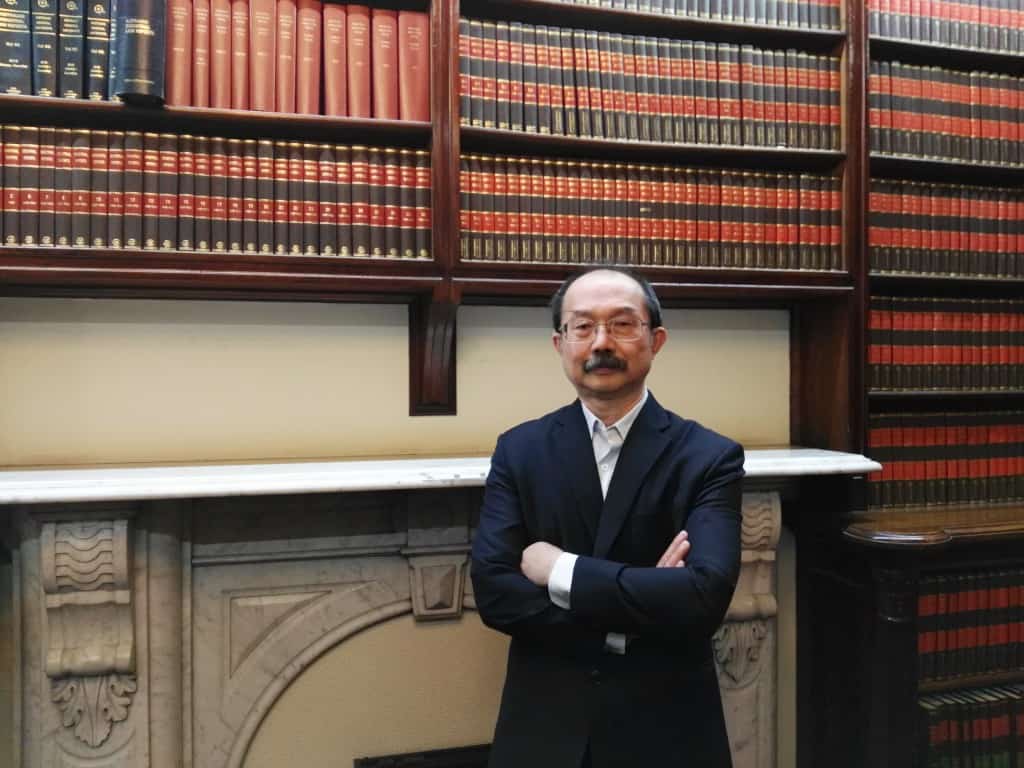
 041 222 4020 or WeChat: AUDvisa
041 222 4020 or WeChat: AUDvisa
This article is not intended to be or taken as migration legal advice. The author of this article disclaims any liability for any action or omission on the information provided or not provided in this article. You should always consult an immigration lawyer or a registered migration agent to form an informed opinion on your immigration matter.

